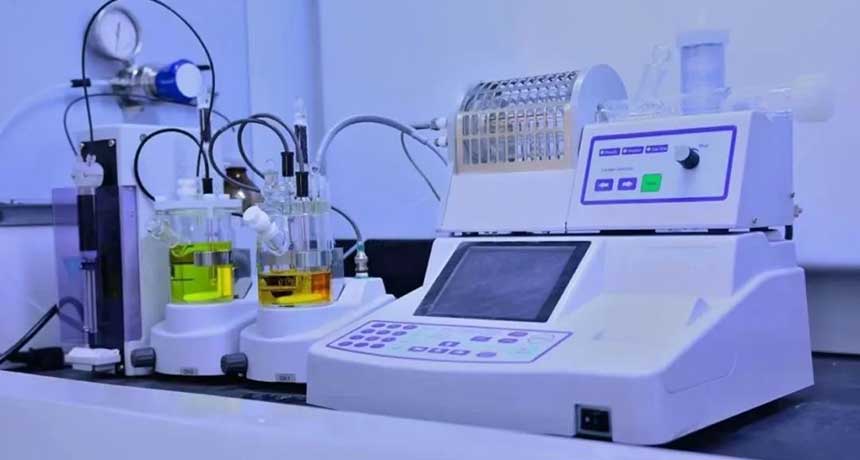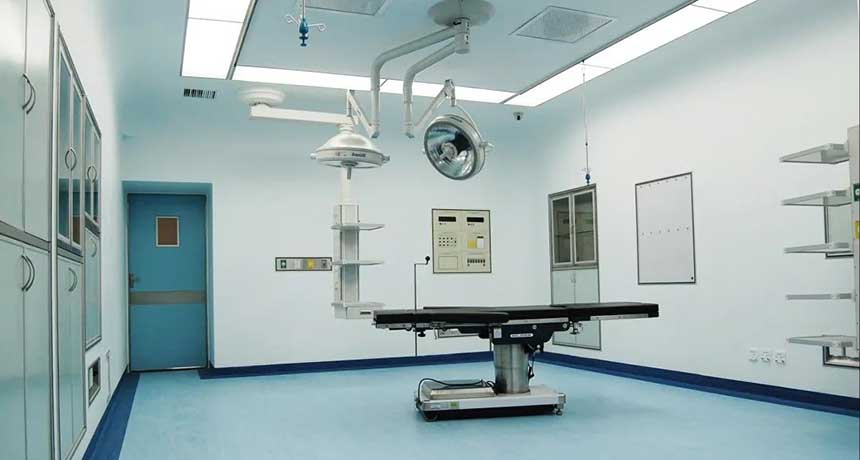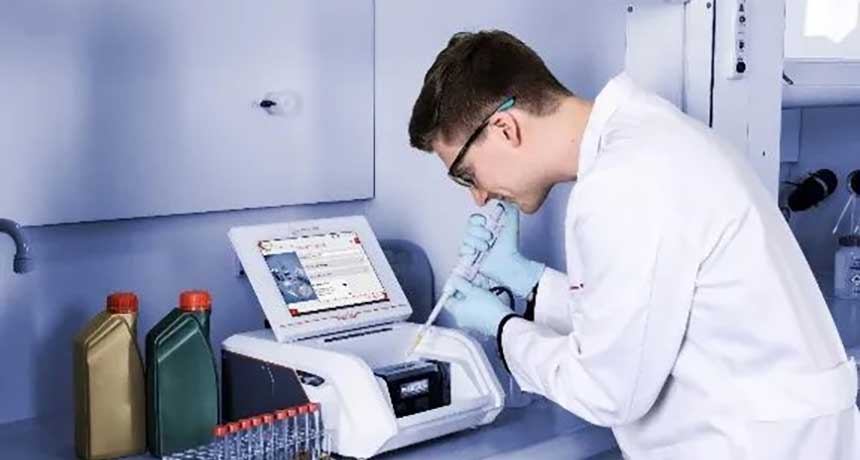Electronic endoscopy was first created and used clinically in 1983 by the American Welch Allyn Company.
Electronic endoscope is an advanced medical imaging diagnostic tool that combines traditional endoscope technology and modern electronic technology to achieve high-definition imaging and real-time monitoring of tissues and organs in the human body. It plays an important role in the fields of medical diagnosis, treatment and research, providing doctors with more accurate, safe and effective diagnostic methods and providing patients with better medical services.
The characteristic of the electronic endoscope is that it does not transmit images through prisms or optical fibers. Instead, it converts light energy into electrical energy through a CCD called a "mini camera" installed on the top of the endoscope, and then processes the image to displayed on the TV monitor. Therefore, the mechanism of electronic endoscopes transmitting images is completely different from traditional endoscopes. Through video processing, the images can be processed in a series of ways and the images can be stored and reproduced in various ways. Foreign scholars regard electronic endoscopes as It is the third milestone in the history of digestive system development.
1. Basic principles of electronic endoscopy
The basic concept of coupled solid device (couple charge device CCD). The basic structure of CCD is a light-sensitive silicon wafer. This silicon wafer is separated into mountain-like potential wells by insulators. When light signals of different intensities are irradiated to the CCD, Photon stimulation of the silicon chip can generate charges with corresponding energy and accumulate them in the potential well, and convert the optical signal into an electrical signal in a charge-coupled manner, and transmit it to the video processor to complete the transmission and regeneration of the image. Therefore, the angle of the conductive image can also be regarded as the pixel unit. The smaller the potential well, that is, the more pixels, the more accurate the image conduction will be.
Electronic endoscope color imaging method: CCD can only sense the light and dark intensity of the light signal, and can only obtain black and white images. In order to obtain color images, color filters must be placed in the optical path. There are generally two ways:
Surface sequential method: A circular plate with three color filters is placed between the light source and the light guide fiber. When the circular plate rotates, the three colors of red, green, and blue light will illuminate the object sequentially. object. The three color signals of red, green, and blue generated by the CCD camera are also transmitted sequentially (with time differences) and stored in the video processor. The first and third generation products of Welch Aiiyn, Fujitsu and Olympus all adopt this colorization method.
Simultaneous method: Install an inlaid primary color or complementary color filter on the light-receiving surface of the CCD. When the signal emitted by the object illuminated by the white light source acts on the CCD, it is immediately converted into a color signal due to the action of the inlaid filter, and is transmitted and stored in memory. Entering the video processor, red, green, and blue color signals are transmitted simultaneously with no difference in time. The second-generation products of Toshiba and Olympus all use this colorization method. The characteristic of the surface sequential method is that the number of pixels of each of the three primary colors of red, green, and blue is equal to the number of pixels of the CCD. For example, it is generally 30,000, and the pixels of the three primary colors of red, yellow, and blue are also 30,000.
At the same time, the number of pixels of the three primary colors or complementary colors of the method is also 30,000 decibels respectively. The number of pixels of the three primary colors or complementary colors in the simultaneous mode is related to the number of corresponding color filters of the mosaic color filter. The resolution of electronic endoscopes is related to the number of pixels. The more pixels, the better the image quality. Therefore, if the number of CCD pixels is the same, the resolution of the surface sequential method is better than that of the simultaneous method. However, the disadvantage of the surface sequential method is that there is a time difference in the transmission of the three color signals of red, yellow, and blue, which may cause image blur.
Video processor: It mainly has the following two functions:
① Provide split color light source for red, yellow and blue surface sequential electronic endoscopy;
②Convert the analog signal provided by the CCD of the electronic endoscope into a binary code signal. Once converted, the image can be stored in a video tape, computer hard disk, laser disk, or copied, printed, etc. When necessary, the image can be regenerated and compared with images from the past or future. In addition, the video processor can be equipped with a printer, which can print and store data related to the patient and condition.
Electronic endoscope: Except for the fact that it does not have an eyepiece for observation, the other mechanical structures of the electronic endoscope: air and water supply system, live picking channel, angle button, etc. are exactly the same as the optical endoscope. The replacement part of the eyepiece varies from factory to factory. Welch Allyn's product replaces it with a biopsy hole, and Olympus's product replaces it with a control knob for agglutination images, or photographic images.
With the continuous advancement of science and technology and the continuous innovation of medical technology, electronic endoscope technology is also constantly developing and improving. In the future, with the application of new technologies such as artificial intelligence, virtual reality, and augmented reality, electronic endoscopes will further improve imaging quality, expand application scope, and bring more innovations and breakthroughs to the field of medical imaging diagnosis.
To sum up, electronic endoscopy, as a cutting-edge tool for modern medical imaging diagnosis, has the advantages of high-definition imaging, real-time monitoring, versatility and safety. It is widely used in the fields of medical diagnosis, treatment and research, providing doctors with It provides more accurate, safe and effective diagnostic methods and provides patients with better medical services.






